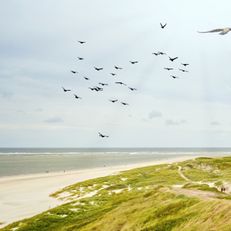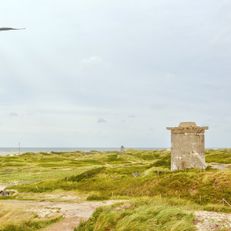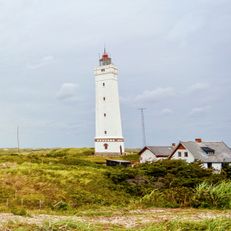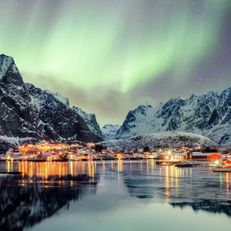Adventures in Romania
Active through Romania
Romania is an insider tip for active and adventure holidaymakers. From the majestic Carpathians to the fascinating Danube Delta, the country offers a wide range of possibilities for unforgettable experiences. Hikers can get lost in the Transylvanian mountains, climbers will find their challenges on the steep cliffs of Piatra Craiului. Traditional villages and medieval towns add a unique cultural touch.
Discover Romania, where adventure seekers can feel the heart of nature and explore an authentic side of Europe.
Camping and hiking rules in Romania
- Wild camping is generally allowed in Romania. Free standing with a camper van is also permitted.
- Wild camping is not allowed in nature reserves and national parks.
- Camping in the mountains is not recommended due to the possibility of encountering bears.
- Litter must not be left in nature, so always take your rubbish with you when wild camping.
- When hiking in the mountains, dogs should be kept on a leash due to the risk of bears.
Destinations for an adventure holiday in Romania
The Danube Delta
The Danube Delta Biosphere Reserve is a nature reserve located at the mouth of the Danube River into the Black Sea, home to approximately 5,200 different animal and plant species. This includes the largest population of Dalmatian pelicans in Europe. These impressive birds can be observed there from late March to September.
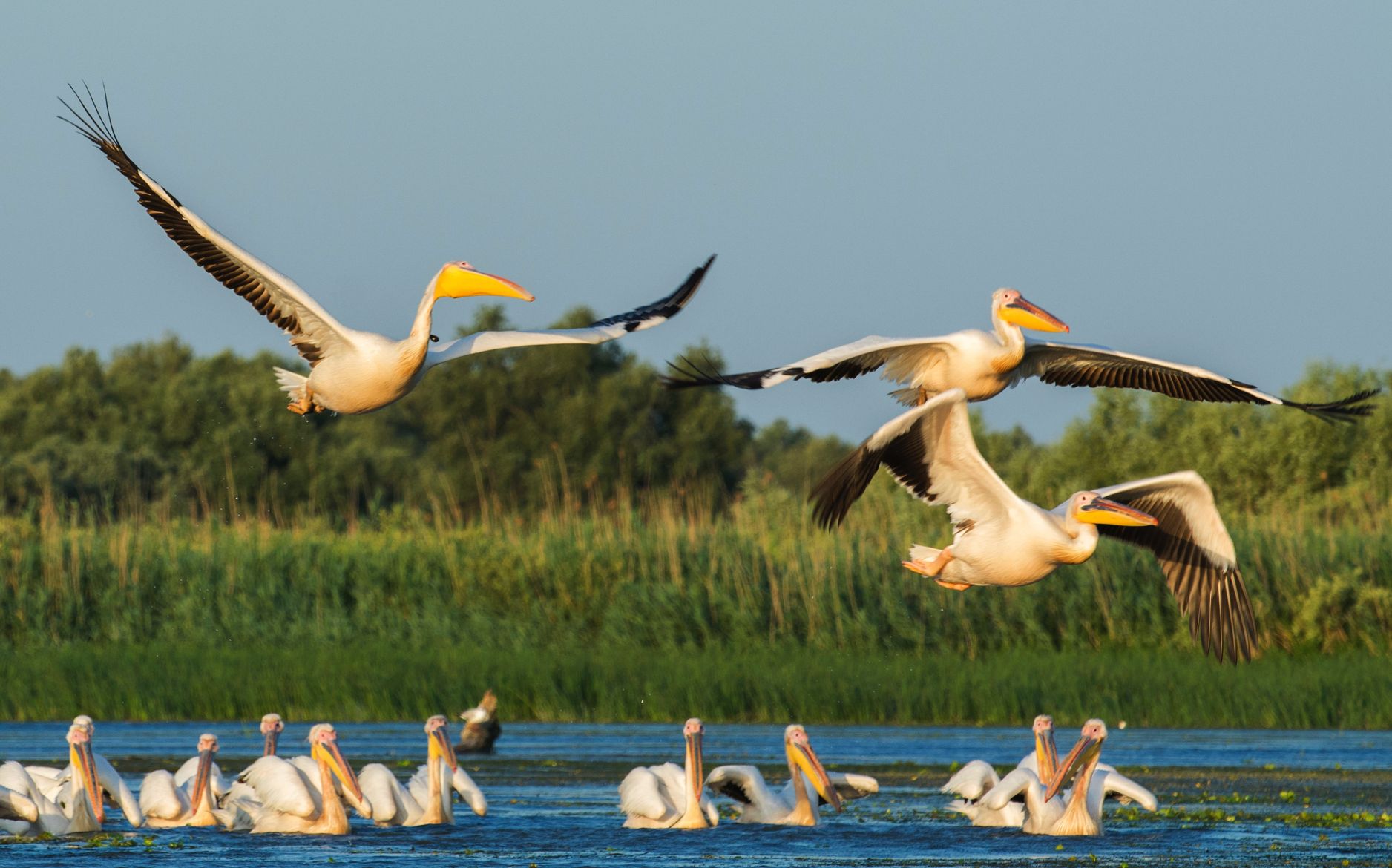
In addition to this, bird watchers in the Danube Delta can enjoy over 300 bird species, such as cormorants and curly pelicans, as well as various types of ducks, geese, herons, and divers.
The river arms and channels of the Danube Delta can also be explored by boat. Daily tours on traditional wooden boats are offered, which stick to ecologically responsible routes and thus respect the rich wildlife and plant life of the area. Those who wish to explore the biosphere reserve individually by rowboat need a permit for this.
Wild camping is not allowed in the nature reserve of the Danube Delta. However, those wishing to stay outdoors can pitch their tents at the Ciuperca Lake campsite. A wide range of water sports is also available on the lake, and fishing is permitted in parts of the lake for a fee at certain times.
The Carpathians
The Carpathians are the insider tip for all active holidaymakers who are tired of the touristy, overcrowded slopes and trails of the Alps. Here, you can explore the largest nearly untouched deciduous forest area in Europe, hike through the wooded wilderness, and experience the impressive diversity of European wildlife and flora up close.
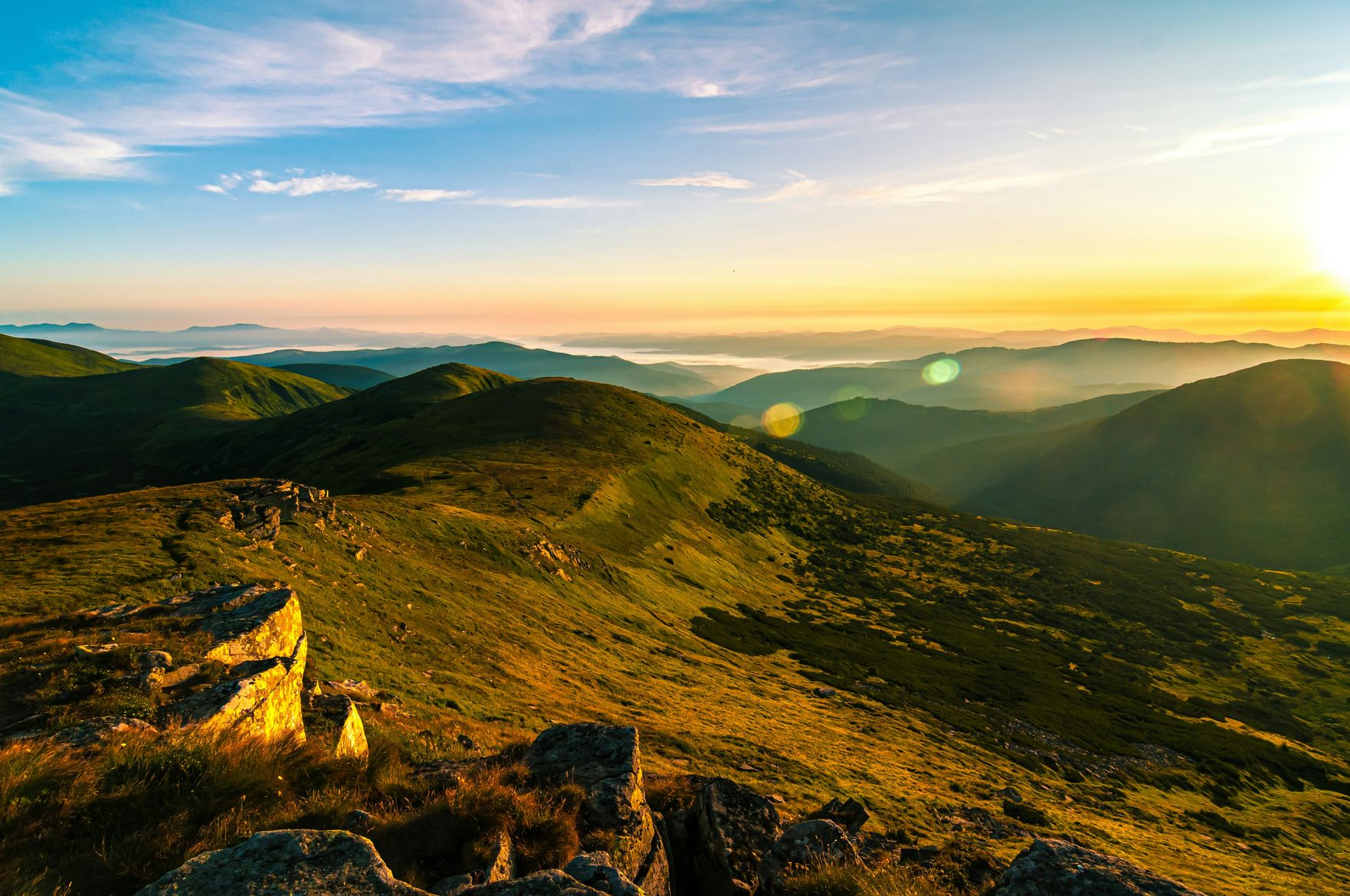
In the Carpathians, you might also encounter large predators such as bears, lynxes, and wolves. Therefore, wild camping in mountainous areas is generally discouraged.
For winter sports enthusiasts, the Poiana Brașov ski resort is a must-visit on any tour through the Romanian Carpathians. This ski destination is still considered an insider tip, but it sees increasing numbers of visitors each year. This is due in part to its excellent winter sports infrastructure, which includes well-developed downhill and cross-country ski trails, several cable cars, and ski lifts.
Another ideal starting point for hiking and trekking in the Carpathians is Predeal, Romania's highest town. Here, you can relax with views of the Carpathian Mountains or experience adventures in the forests. In winter, a wide range of winter sports options is also available here.
Bukovina Region
Bukovina is located in the northern part of Romania, bordering Moldova and Ukraine. The region is known for its rich history and is scenically dominated by the Carpathians and the Moldova River.
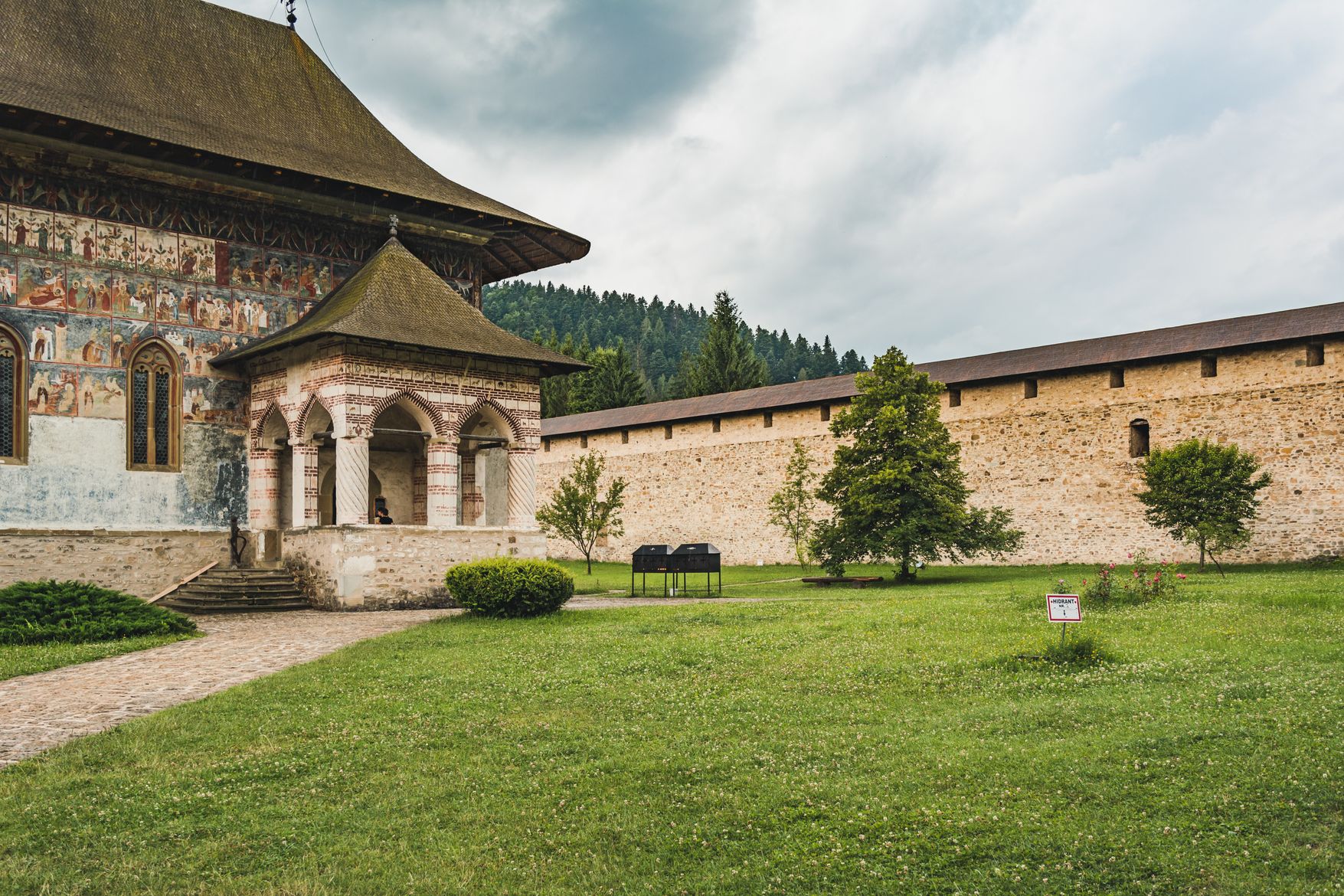
The most famous attractions in Bukovina are the Painted Monasteries of Moldavia. These eight impressive churches and monasteries, spread throughout the region, are part of the UNESCO World Heritage Site. They are renowned for their elaborate Gothic architecture and their vibrantly painted facades, which depict biblical stories and parables in vivid detail.
Additionally, Bukovina is home to one of the last untouched forests in Europe. The Codrul Secular Slătioara is an old-growth forest situated in a mountainous area, predominantly made up of natural beech, spruce, and fir trees.
It is a protected area and, unlike most other forests in Europe, is left to its own natural processes. This means that ailing trees are not cut down but are allowed to decompose naturally. This contributes to a remarkably pristine environment that gives the forest a unique charm.
Transylvania
The region of Siebenbürgen, also known as Transylvania, is located in the central part of Romania. It is surrounded by the Carpathians and is characterized by a unique diversity of landscapes.
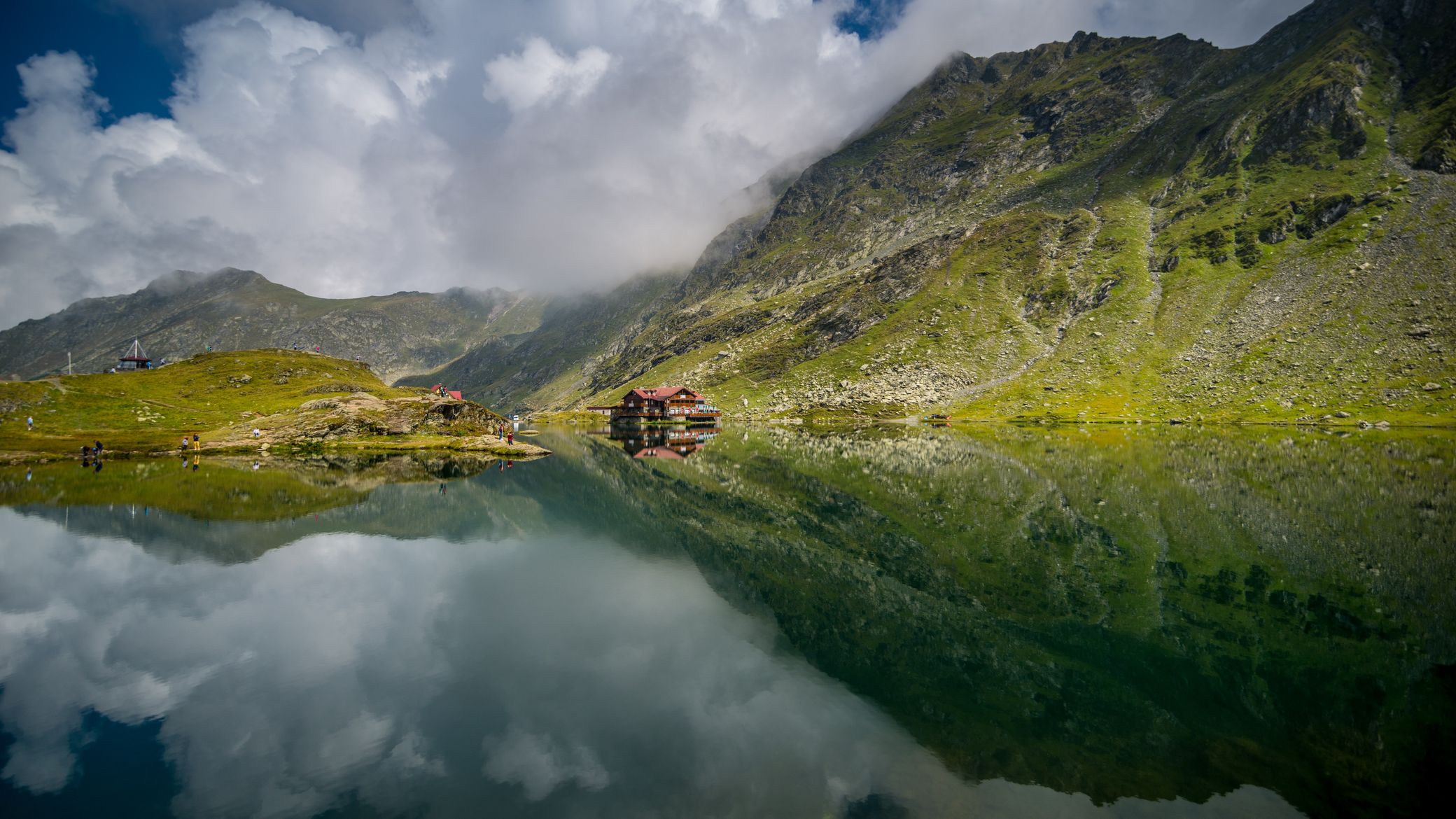
In addition to cultivated areas, flower meadows, and traditional villages, extensive deciduous forests and wetlands in Transylvania provide habitats for a wide variety of insects, amphibians, and birds. Larger mammals such as wolves and bears also call Transylvania their home.
The historic castles of Transylvania and cities like Brașov and Sibiu captivate with their medieval charm. Worth a visit are the former royal castle of Peleș and Bran Castle, also known as Dracula's Castle.
The endless green hills and the spectacular mountainous landscape of Transylvania also invite hiking and mountain biking adventures. The Făgăraș Mountains are particularly accessible by bicycle, motorcycle, or car via the Transfăgărășan Highway. Those who prefer hiking can scale the peaks via various climbing and mountaineering routes.
Conclusion: Experience Adventure in Romania
From the Carpathians to the Danube Delta, Romania offers a rich array of activities for adventure lovers. The breathtaking nature, diverse landscapes, and cultural treasures make it an unforgettable destination for those seeking unconventional experiences in their holiday.
Has the travel bug bitten you, and are you ready for a new adventure?
► Here you can learn more about motorway tolls in Romania to ensure you are well-prepared for your active journey.

